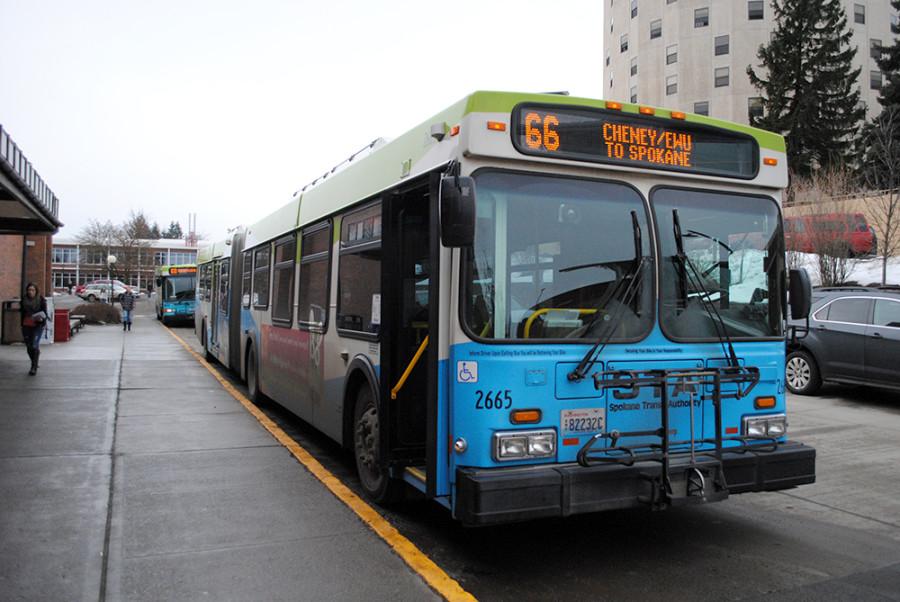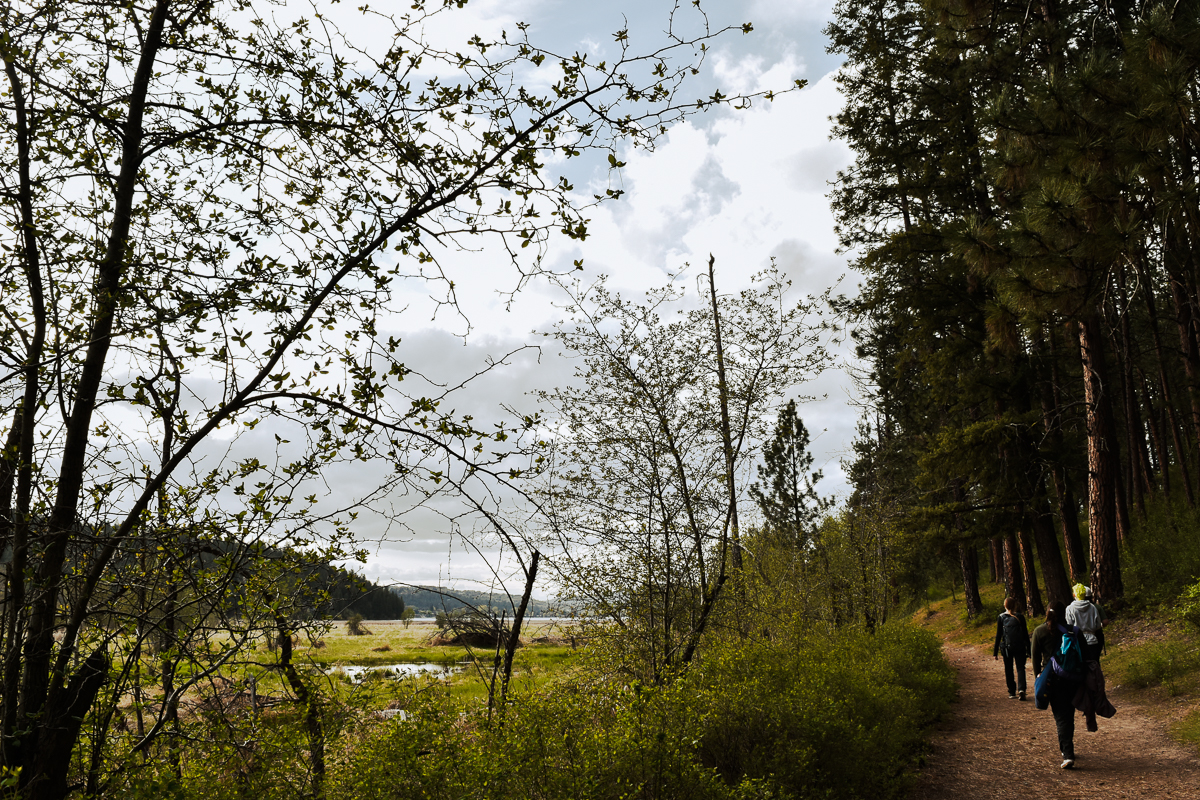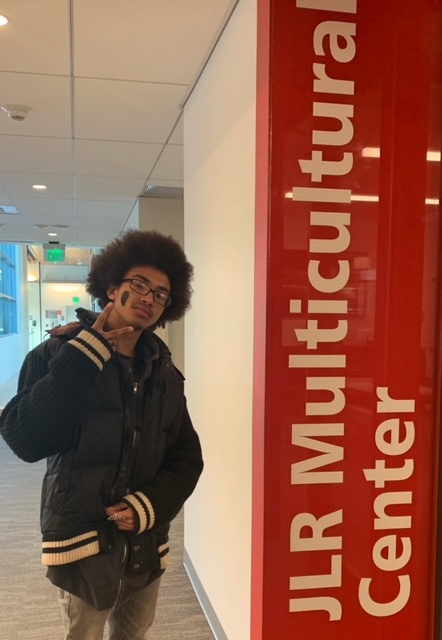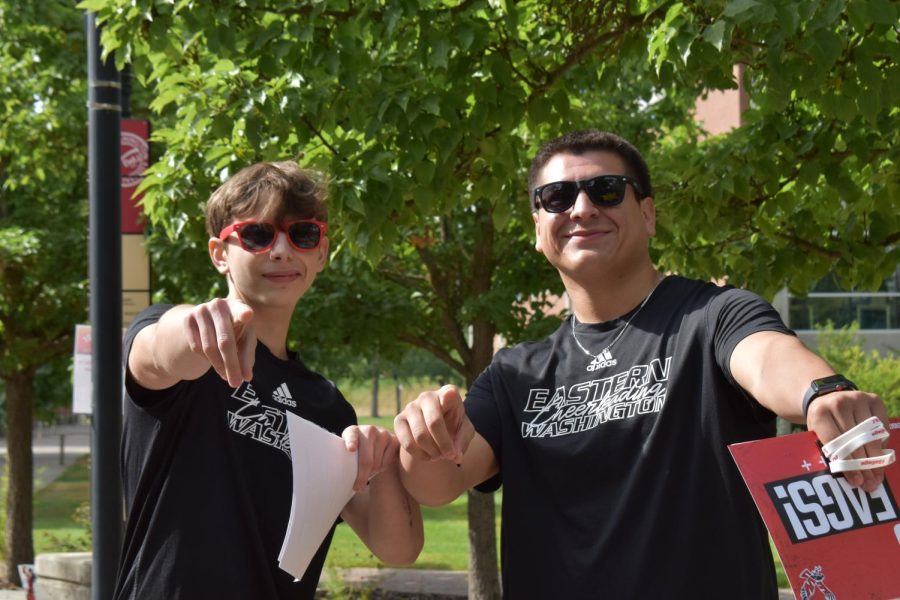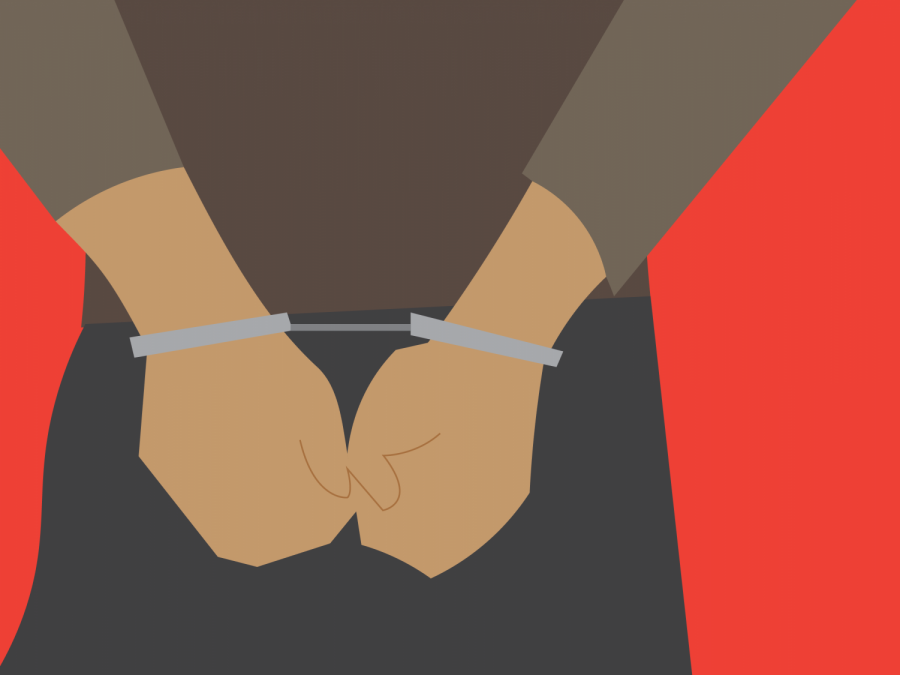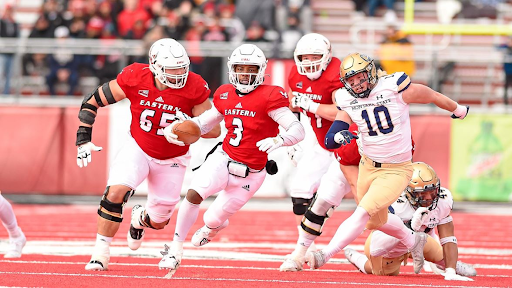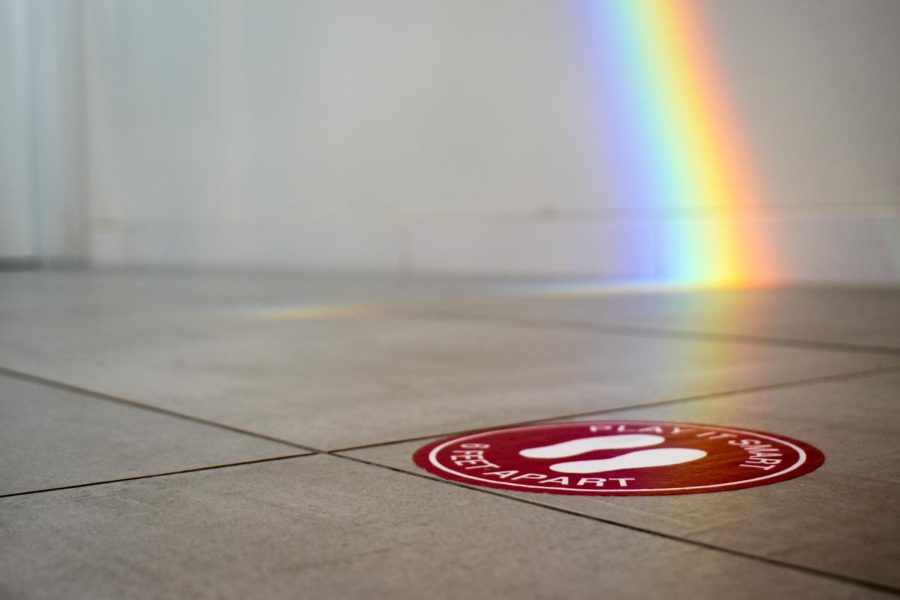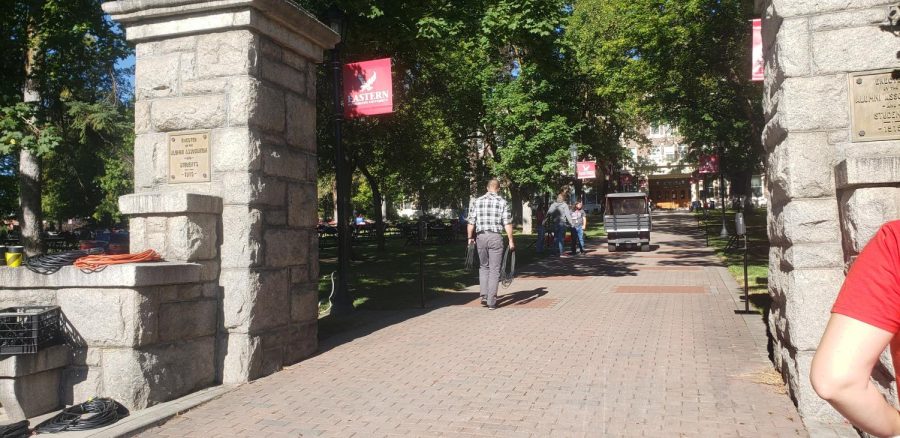On Jan. 14 the worst possible thing that could happen to a student forced to commute on the bus happened.
The bus broke down, and that’s why I am demanding my transportation fee of $6.50 be refunded.
The bus that I depend on to get home and to get to campus every day ground to a halt. It was actually grinding to the point where the bus driver, Aaron Hanky, had to pull over to the side of State Route 904 near the Cheney Rodeo grounds.
“I wasn’t sure if there was metal on metal or metal on ice,” he said.
Hanky said he could feel something was wrong when he turned onto State Route 904.
The part of the bus in question was the accordion junction just where I happened to be sitting. The grinding was prevalent. It caused me alarm because I wasn’t sure if the bus was rolling over the rumble strip on the road or if the bus was dragging on the ground. There was also an odd compression feeling between the front and the back of the bus.
Once the bus ground to a stop, the engine cut off and the lights flickered out. Thankfully every person with a blasted cell phone lit up the bus. Imagine a large stadium filled up for a Journey concert and everyone is swaying back and forth while “Don’t Stop Believin’” is playing and everyone is using their phones instead of lighters.
The lights stayed out and the bus filled with nervous laughter. The bus started once more, the lights turned back on and then the vehicle lurched forward only to stop and darken again with another message from the bus driver:
“So apparently the bus is broken. I’m sorry,” Hanky said.
In 20-degree weather, there we sat or, in half of the passengers’ cases, stood. I was expecting to get home around 6 p.m. that evening.
I hate being on campus late. I hate being on campus in the dark. I hate being on campus when it keeps me from my nightly routine making fun of television commercials and Pat Sajak on my Twitter feed. Apparently, a woman sitting in front of me hated the idea of being out late as well. She picked up her cellphone, dialed a number and asked the person on the other end of the line to pick her up.
Well wasn’t she lucky.
So Hanky asked those who weren’t in a hurry to stay on the bus, and those who needed to get places urgently, or who were more likely just selfish to get on the next bus that drove up onto the shoulder of highway 904.
Fiona Pitman, who was on her way home, took the liberty to study while she waited for another bus to arrive.
“I was not surprised,” she said about the bus breaking down.
These buses do, after all, travel on two highways and carry loads over sitting capacity daily. According to Spokane Transit Authority’s website, there are only 10 61-foot buses. A normal sized bus is 40 feet, according to Hanky. Therefore, I can’t be surprised this happened either, despite that there are sensors all over the bus monitoring conditions and despite the fact that when the bus was in a complete straight line, the junction sensor on the bus’s dashboard was glowing a bright red saying the accordion was at its maximum bend.
I cannot depend on sensors. I cannot depend on state-regulated bus inspections and repairs, and I definitely cannot depend on the bus drivers themselves even if they are certified coach operators who should rightfully know every inch of the bus they drive. No, I think the only way we can stop these horrific events is if we have repair crews following our precious route 66 bus, taking up every lane on the highway, tracking and monitoring every millimeter, ready to pounce at the slightest bit of trouble.
Or, you know, we could all learn to expect that a heavily trafficked bus route has its problems.



